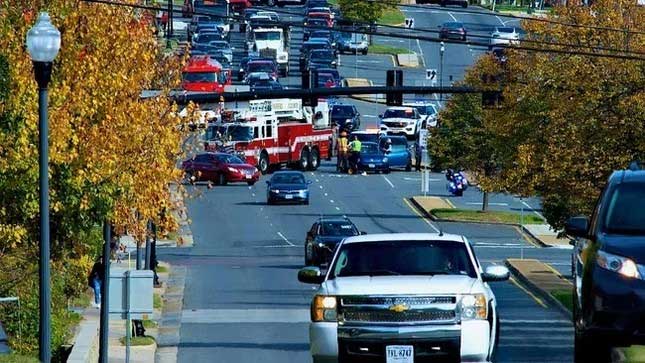An analysis of car accidents during the solar eclipse in 2017 in the United States indicates that the upcoming eclipse in April may also be associated with an increase in fatal accidents.

The most recent total solar eclipse in the U.S. (2017) was accompanied by an increase in deadly car accidents, raising concerns about the upcoming eclipse on April 8. (Photo: John M. Chase)
Scientists warn in a new report that the total solar eclipse on April 8 could lead to an increase in fatal car accidents.
While we generally recognize the dangers of solar eclipses to human eyesight, there are other risks involved. During the most recent total solar eclipse in North America – the “Great American Eclipse” of 2017 – the U.S. witnessed a significant increase in fatal accidents, researchers cautioned in a study published on March 25 in the JAMA journal.
The increase in accidents was not related to the darkness during the day caused by the eclipse. Co-author Dr. Donald Redelmeier, a professor of medicine at the University of Toronto and staff physician at Sunnybrook Health Sciences Centre, stated: “The most accidents occurred close to the time of the total solar eclipse, as people traveled to their viewing locations and especially afterwards when driving home.”
During the 2017 total solar eclipse, the path of totality—the narrow track where the Moon’s shadow crossed the Earth—was approximately 113 kilometers wide. In the center of this path, viewers experienced the longest duration of totality, during which the Moon completely obscured the Sun. Estimates suggest that around 20 million people in the U.S. traveled to a different city to view the path of totality.
For the upcoming April 8 eclipse, viewers will be able to witness totality for about 2.5 to 4.5 minutes, depending on their location. Those outside the path of totality will only see a partial eclipse.


















































